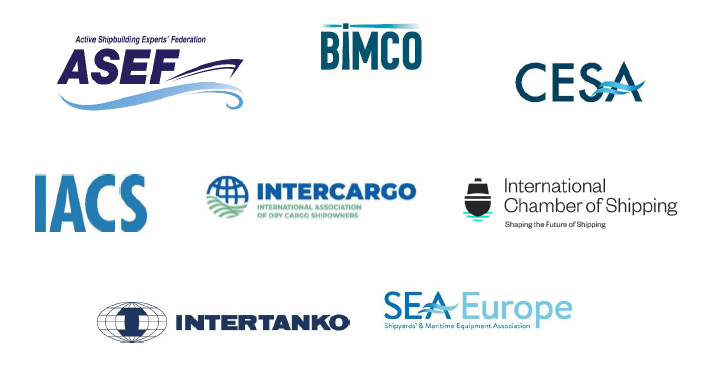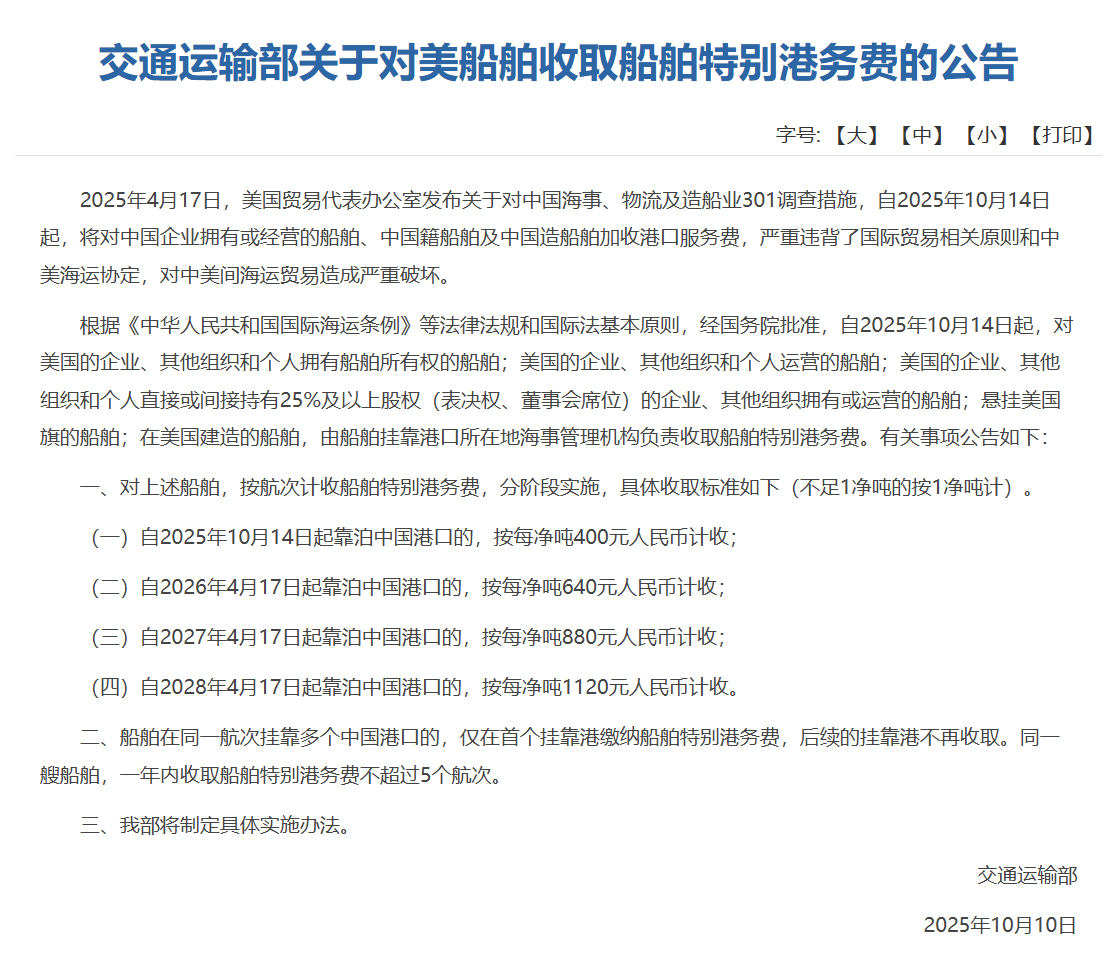
Shippers of imports, exports and transshipment cargo are now required to submit various data to China Customs 24 hours in advance of loading or risk missing the intended sailing under new manifest submission rules.
Announcement No 56 of the General Administration of Customs China will require importers and exporters in China to provide data that includes a container load plan and carrier sales order.
Industry views differ on how the enforcement will impact containerised supply chains with some arguing it will be negligible and others warning of major disruptions, IHS Media reported.
In a customer advisory, OOCL said according to the rules, manifest submissions' cargo description must be complete and accurate, and the full contact details of the shipper and consignee were mandatory, including the enterprise codes. A Maersk Line notice warned that if any mandatory data were missing, the filings will be rejected by customs.
Some shipping lines are demanding documentation be submitted at least 48 hours prior to the vessel arriving at the port of loading.
The supply chain director for a German shipper said Order 56 was not an issue "if you have your act together." He said the requirements were not new, they were just being enforced. "In our system we have everything in place for our customers. So all-in-all I don't see this as a threat," he said.
However, vice president of supply chain at Lakeshore Learning Materials Daniel Gardner had a different view. "This is a big deal because it is clearly a non-tariff barrier to trade being put forth by China against the US, mainly, and Europe. It's no coincidence that this comes into play right before peak season starts heating up."
China first announced plans for a 24-hour advance manifest rule in 2008, however, the rule was only implemented in 2015 but enforcement was sporadic. Shippers of products imported into China have regularly complained that customs procedures vary widely depending on the mainland port of entry and on the commodity.
A chief complaint is that along with the different "interpretations" of national directives, there is almost no visibility of products once they have entered the customs clearance process.






